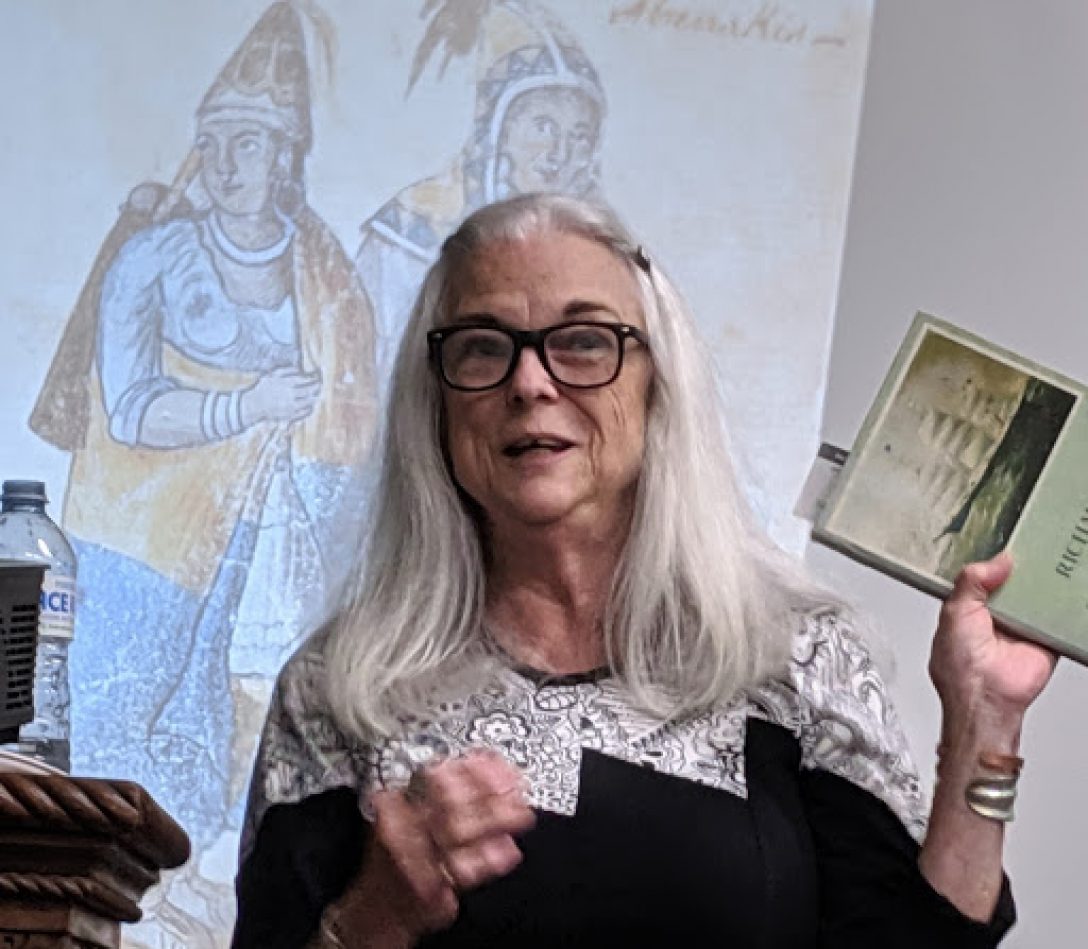Ice cream was a rare commodity on the island game preserve where I lived with my grandparents during the late 1950’s – 1960’s. The mention of making ice cream got Gramie excited, thinking about gathering enough ice and digging the bag of rock salt out from its hiding place in the corner of the woodshed. On the island, refrigerated ice was scarce, so making ice cream was a really big deal. The icebox in the small gas refrigerator was about the size of a small loaf of bread; it would not keep anything really frozen for very long, certainly not ice cream, even for half a day. The necessity of searching for ice was rather odd, given that in the history of Swan Island there had been three huge ice warehouses that loaded multi-masted schooners with ice for transport to the West Indies, Africa, and other parts of the world! The sailing ships would load up approximately 100 tons of blocks packed either in sawdust or hay. They endured four months in order to travel over sixteen thousand miles, crossing the equator twice on their mission to deliver the pure Kennebec River ice blocks to London and onto other exotic places like Calcutta.
Making ice cream was a special event, the promise of a family celebration. A lot of loving preparation went into taking turns with the churning. Done usually on someone’s birthday or holiday, many people were around. Rarely was there any ice cream left over from the dessert feast.
Churning ice cream for us was mostly done in the winter when it was fun to gather long thick icicles hanging down from the roofline of the house. Grampie would stick them like giant pencils into a pail of snow, to be packed around the container and layered with rock salt comprising the freezing components of the ice cream. The ice cream churn consisted of a wooden bucket with a wide steel belt around the outside. On the top sat a tight-fitting lid with a hole in the center, sitting above a separate stainless steel cylinder inside where the actual mixture that would become ice cream would be poured. The lid of the inside container had a hole to receive the crank mechanism connecting to the paddle arm inside the cylinder. When cranking a handle on the outside of the wooden bucket, it turned the paddle, freezing the mixture. The turning of the handle was the churning part of the operation. The circular motion kept the sugary milk and cream mixture agitated until it produced the frozen ice cream treat, the reward for all that hard work.

The exercise involved the entire family taking turns for the duration of the freezing process. Churning constituted cranking a handle on the outside of the wooden tub, taking about an hour until the sweet liquid in the container got slushy and turned firm or until you felt your arms were about to fall off. Gramie’s part of the project offered up the very best selection of toppings: homemade maple syrup made in the spring in Grampie’s syrup hut behind the shed, pineapple jam, butterscotch, previously frozen juicy raspberries, chocolate jimmies, mini marshmallows, a chunky sweet topping she made from frozen strawberries, and of course, hot chocolate syrup made from scratch.
The job of the churner was to ensure a constant turning movement of the handle, accompanied by a lovely assistant who would ensure that there was at least a ¾ measure of layers of snow, ice chunks, and rock salt melting between the wooden bucket and the stainless container. The churning continued until it was so difficult to turn the crank that you just knew that ice cream was nearly a solid mass inside that cylinder drum. There had to be more than two or three people doing this as the time required depending on the air temperature, as well as the temperature of the sweet melting mixture. The whole process took place inside the big oblong black kitchen sink in a commendable effort to avoid splashing salty water all over the kitchen floor.

Acrylic painting by T. Blen Parker,
Original page from the book: CINNAMON’S SWAN ISLAND ADVENTURES
The ingredients for making the ice cream were heavy cream, milk, vanilla, table salt, eggs and any special flavoring one might want; the possibilities were endless. We normally made plain vanilla but dared to experiment with blueberry, (nobody liked eating the hard little BBs), strawberry (pretty good if you mash the fresh berries first), and raspberry from berries fresh-frozen in season, (we should have strained out the seeds), chocolate or peach flavor. We even made peanut butter and grape jelly ice cream once! Of course, being such a special occasion, everyone was invited to go back for several helpings and each would involve experimenting with a different topping.
The stainless tank was removed from the outside wooden bucket of slush and plunged deep into the nearest snow bank to stay frozen, keeping perhaps only one more day. Grampie’s walking stick marked the spot where the cylinder was buried. When the lid was next opened, the mixture inside would have turned to an icy block of the hard frozen sweet treat, which then needed to partially melt off before one could even scoop any out into a dish. The second time around, however, was never as good, perhaps because it merely involved stepping outside the shed door to retrieve the cylinder. The excitement of the preparation was what made the task. The teamwork of numerous anxious people doing all that churning built anticipation to a peak!


I love this! It brought back so many memories!!